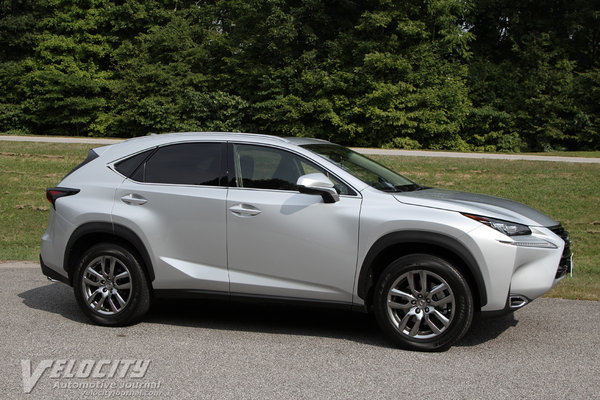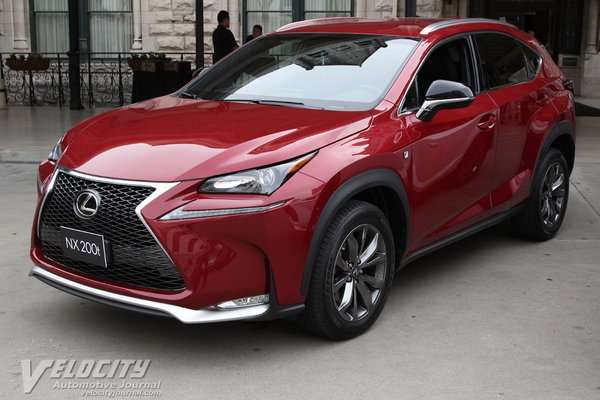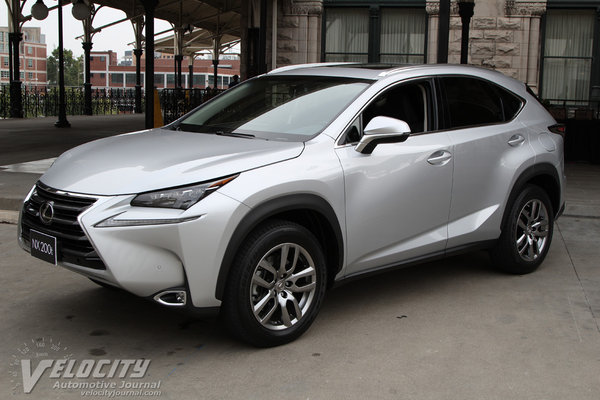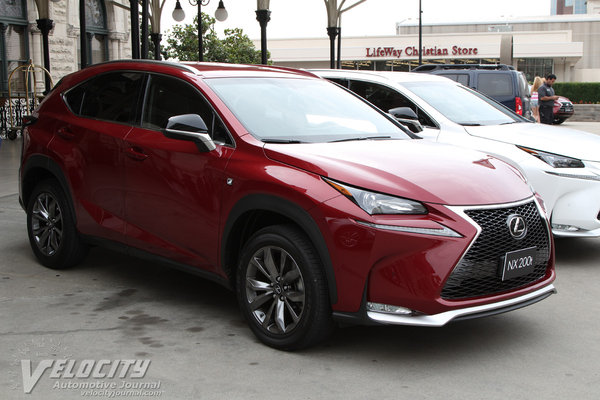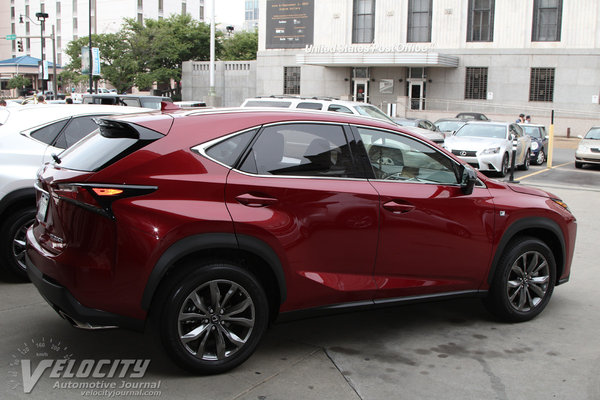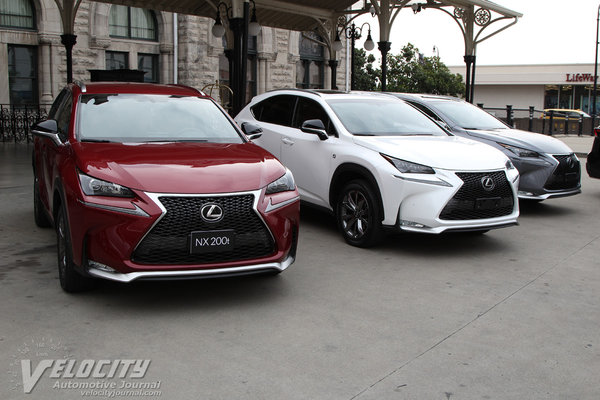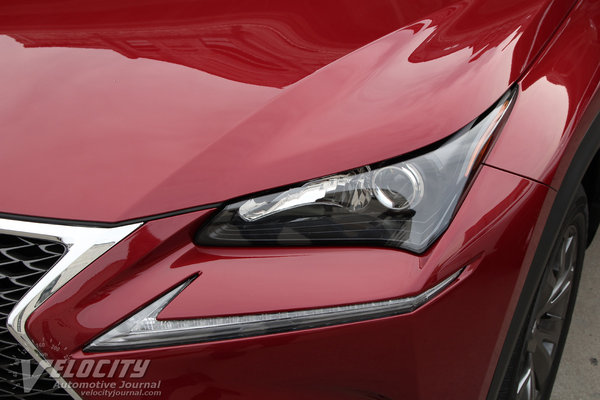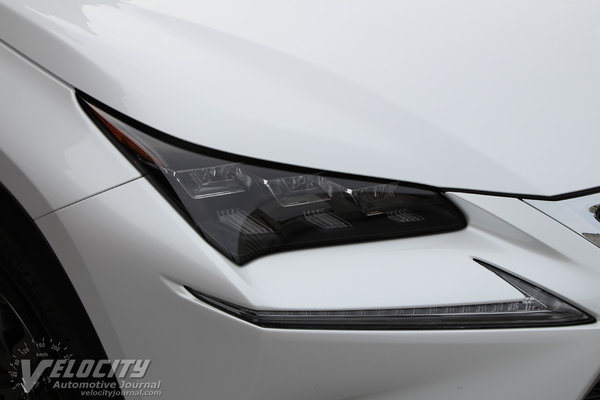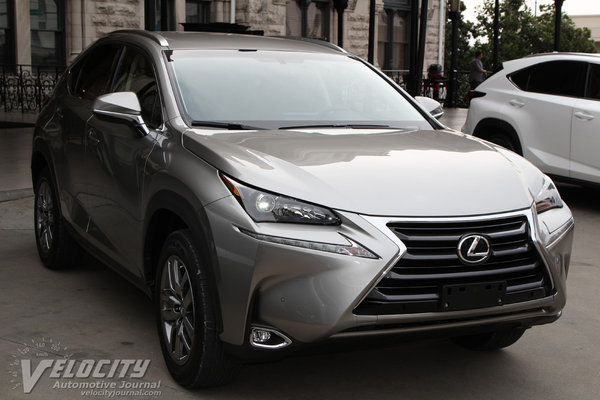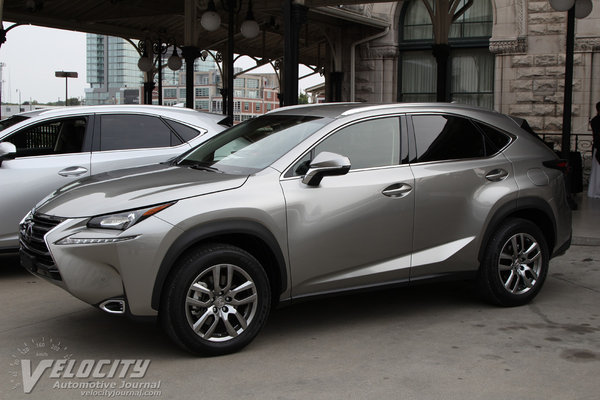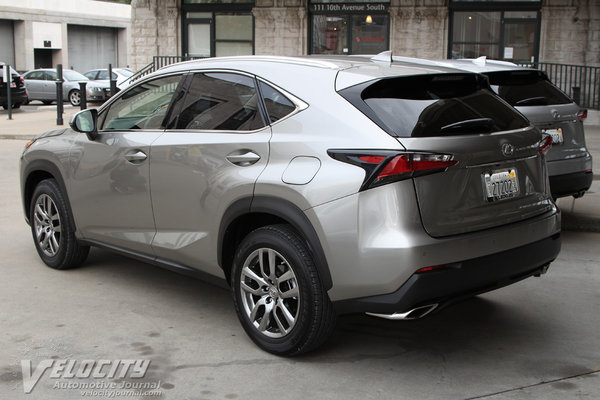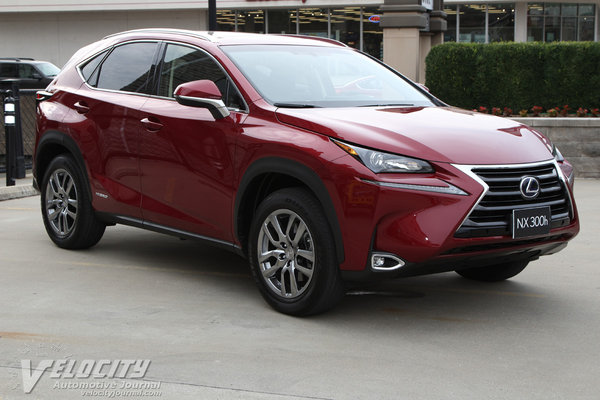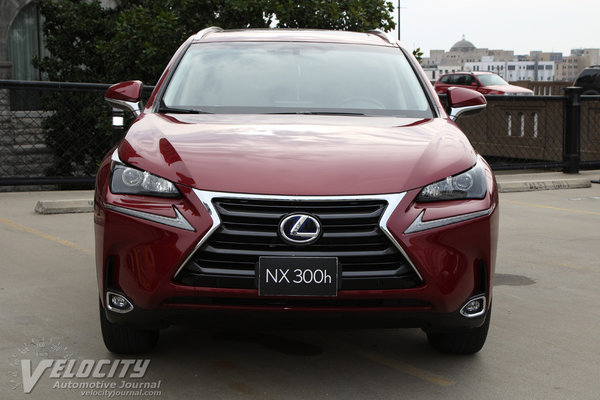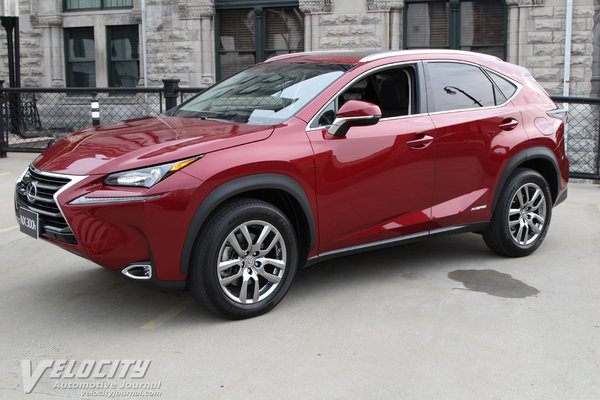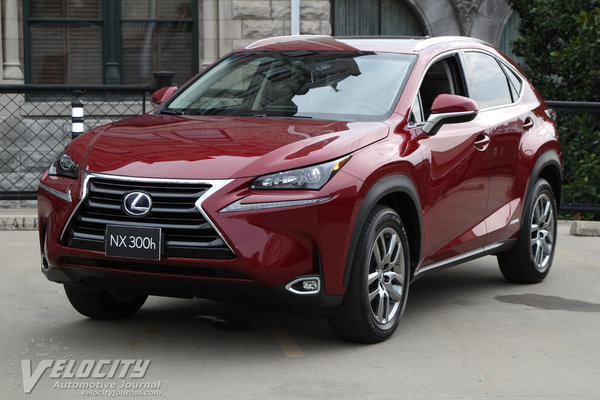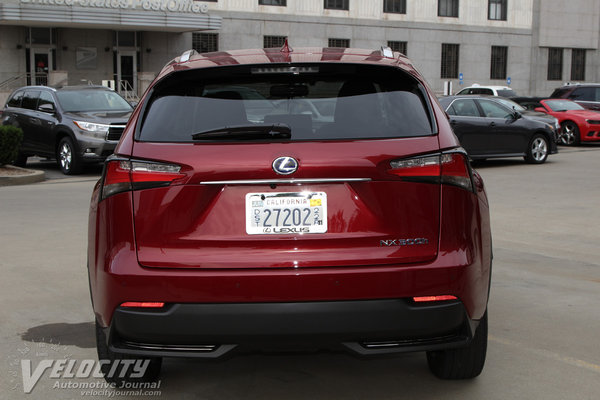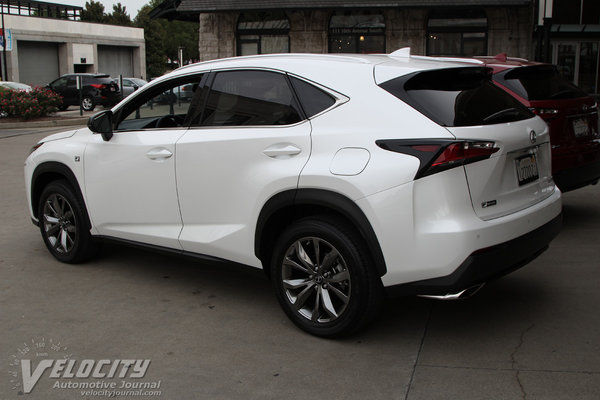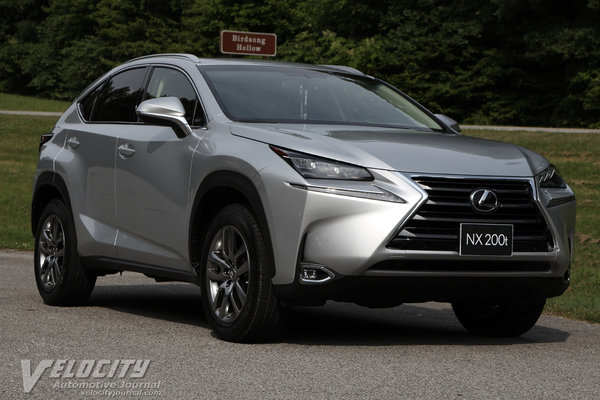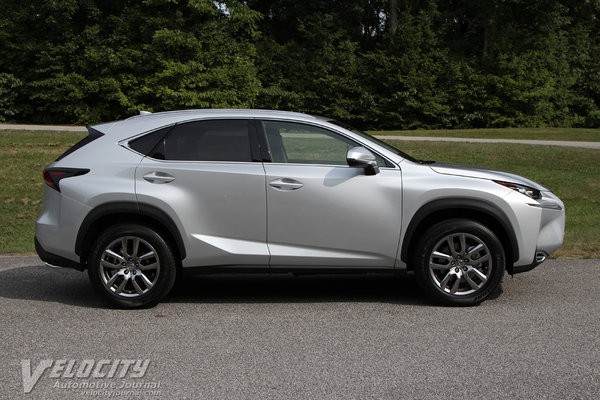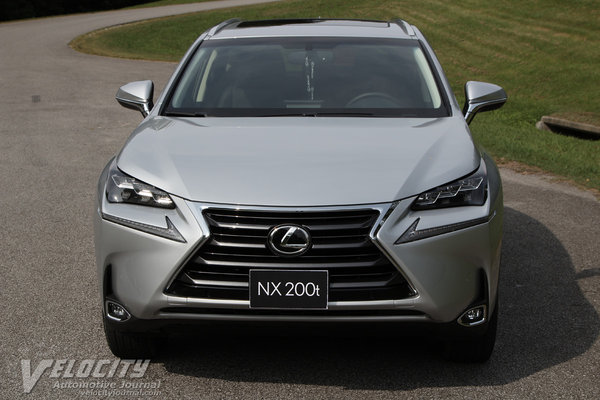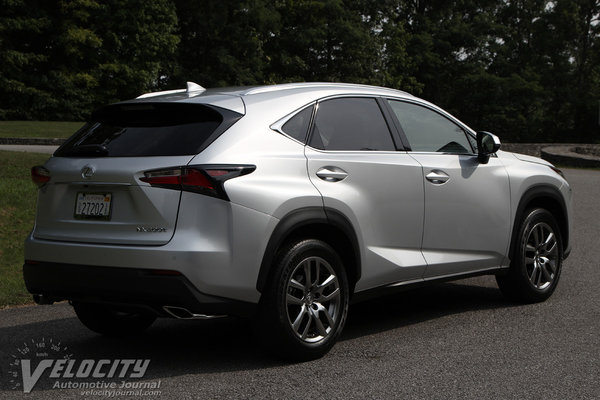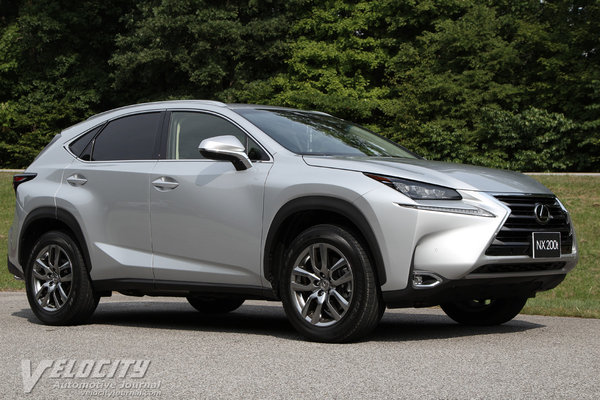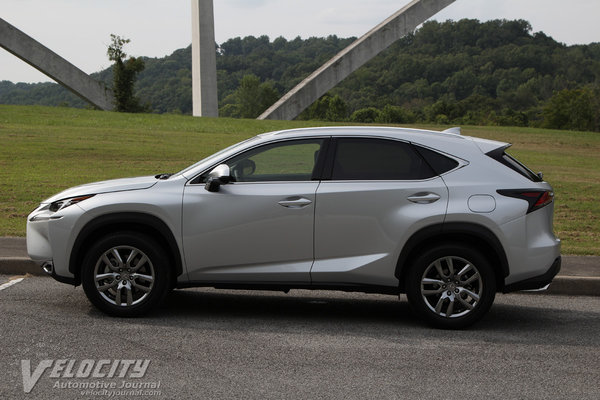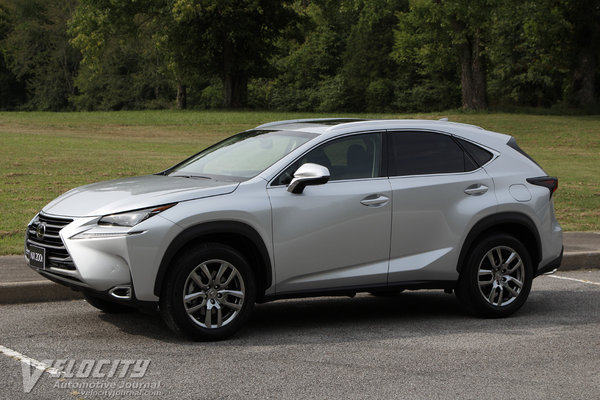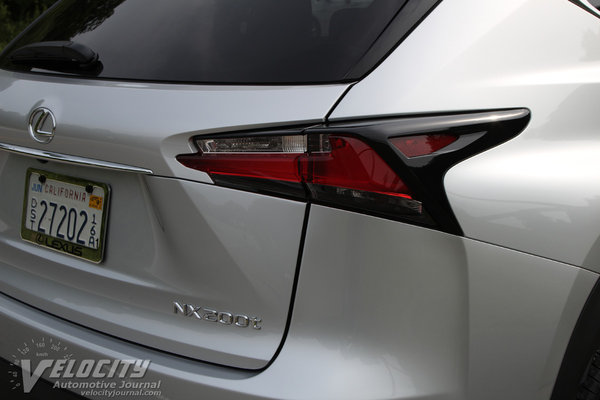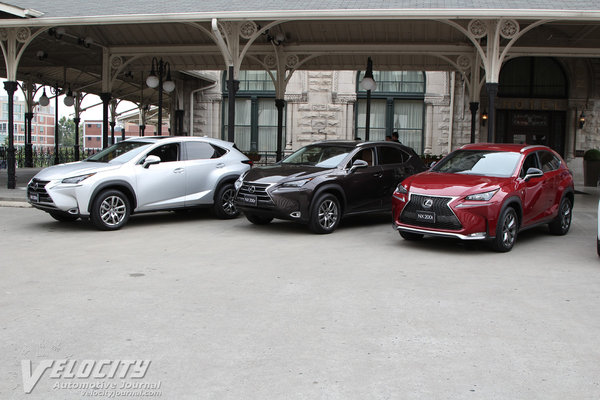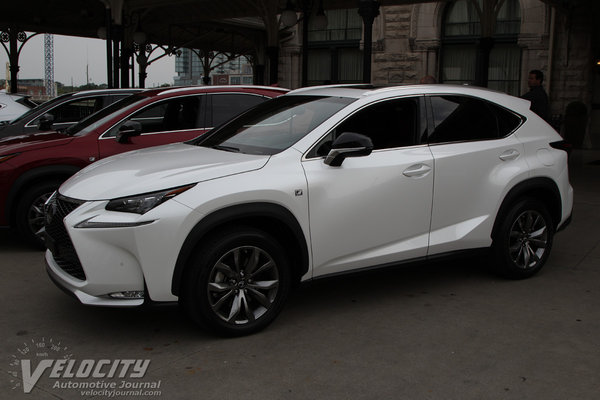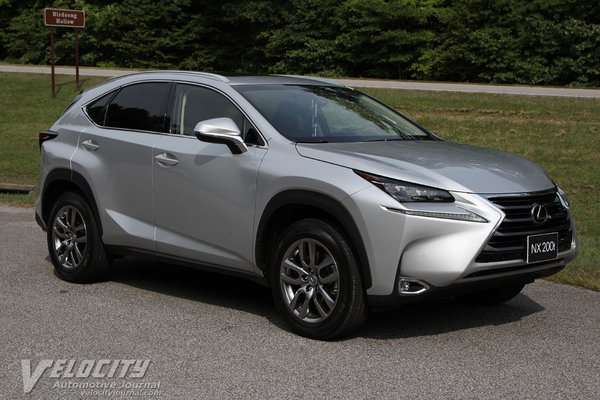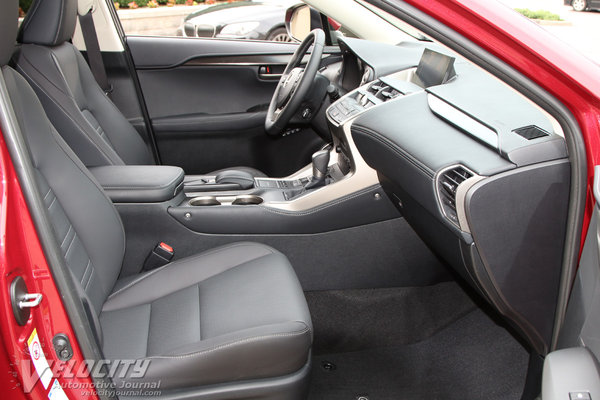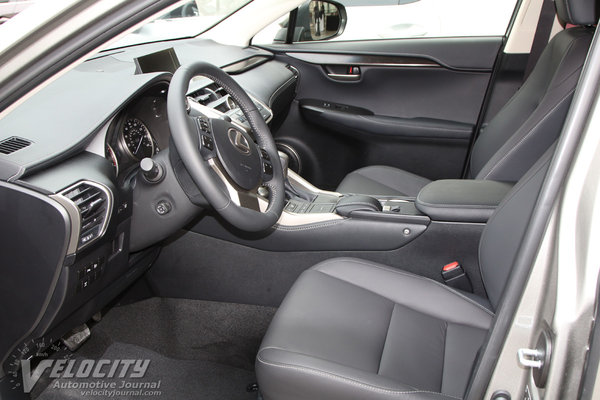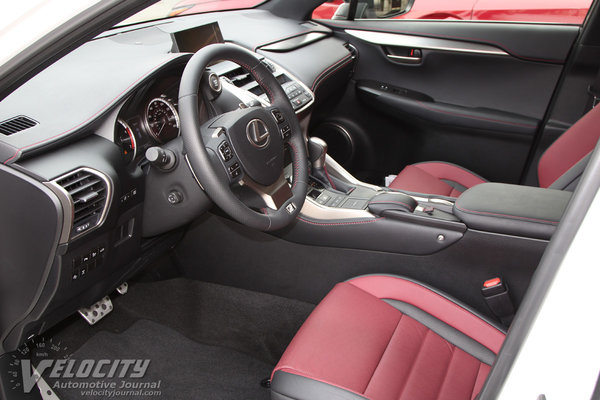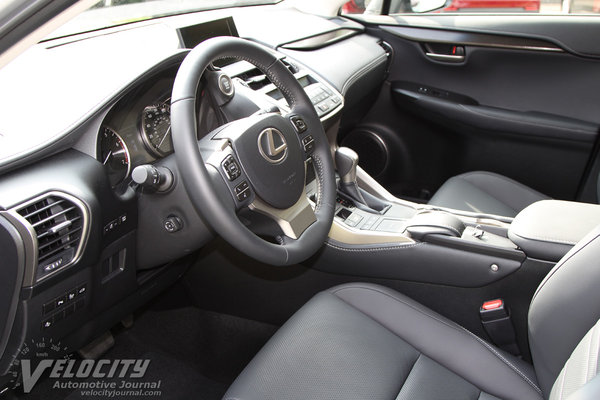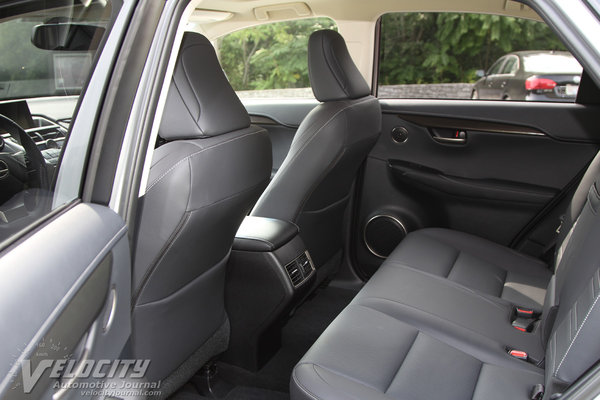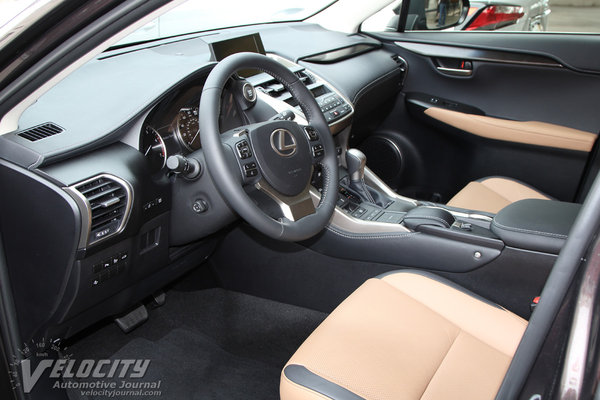2015 Lexus NX
08/11/2014
Shahed Hussain
Lexus pioneered the luxury crossover SUV with the RX300, but has had no entry into the expanding compact SUV market until the new NX launches in late 2014. Loosely based on the Toyota RAV4 platform, the NX gets unique styling, interior design, and the first turbocharged engine in a Lexus. Official pricing has not been announced, but Lexus representatives suggested that the NX would start at less than $40K. The model range consists of the NX200t and NX300h hybrid. Both are available in front-drive and all-wheel drive configurations.
The NX200t gets an all-aluminum inline-4 with direct plus port injection, and a twin-scroll intercooled turbocharger. The turbo four produces 235-bhp from 4,800-5,600 RPM and 258 lb.-ft. of torque from 1,650-4,000 RPM. At full throttle, the turbo generates up to 17 PSI of boost. A balance shaft reduces engine vibration. The new Dual VVT-iW variable valve-timing system allows the turbo four to transition from the efficient Atkinson-cycle to Otto-cycle operation when more power in needed.
For the NX300h hybrid, the powertrain consists of a 2.5L Atkinson-cycle inline-4 and the Lexus Hybrid Drive System with an electric motor driving the front wheels. The NX300h can transition from full EV mode to combined electric/gasoline power as needed. The NX300h AWD hybrid adds an electric motor powering the rear axle. The rear electric motor engages the wheels as needed for added traction under acceleration. During braking, the rear motor functions as a generator to recharge the battery pack. A PCU (power control unit) converts AC from the generator to DC to charge the battery. For greater efficiency, a DC-DC converter supplies 12V power for vehicle accessories, eliminating the need for an alternator.
A 6-speed automatic is the sole transmission for the NX200t, but the F Sport gets a higher numerical final drive ratio (4.117 vs. 3.888) for faster acceleration. The NX300h has a complex planetary gearset transmission that functions as a CVT (continuously variable transmission), power splitter, and reduction gear for the electric motor. Lexus tuned the CVT to allow engine RPM to rise with speed to simulate a conventional automatic. Sequential manual shifting is also available with the CVT.
The NX front suspension consists MacPherson struts and coil springs. At the rear is a double wishbone setup with trailing arms, coil springs, and dampers. Standard 225/65R17 all-season tires can be upgraded to 225/60R18 size, or 235/55R18 summer tires for the NX200t F Sport. The front brakes are vented discs with solid discs at the rear. ABS, traction control and a defeatable vehicle stability control (VSC) are standard.
Lexus engineers prioritized body control over ride comfort, tuning the NX for a firm ride and flat cornering attitude. The electric power steering communicates road surface textures and has moderate steering effort. The NX is appropriately composed on the highway, requiring minimal steering correction. Full throttle acceleration causes minor torque steer in the front-drive NX, but it is easily controllable. The Lexus-developed turbo blends in almost seamlessly into the engine's power curve. We noticed occasional turbo lag, but in most driving situations, the boosted inline-four effectively passes for a small V-6. Wind and engine noise are appropriately muted at highway speeds, leaving tire hiss as the most significant noise source.
In the Lexus model range, the new NX is ideally situated to attract the younger customers that luxury brands need for continued growth. In typical Lexus manner, the NX is an appropriately polished compact SUV that effectively differentiates itself from its Toyota RAV4 sibling. With several models within the NX lineup aimed at different customers, Lexus should have no trouble convincing compact SUV buyers to take a close look.

